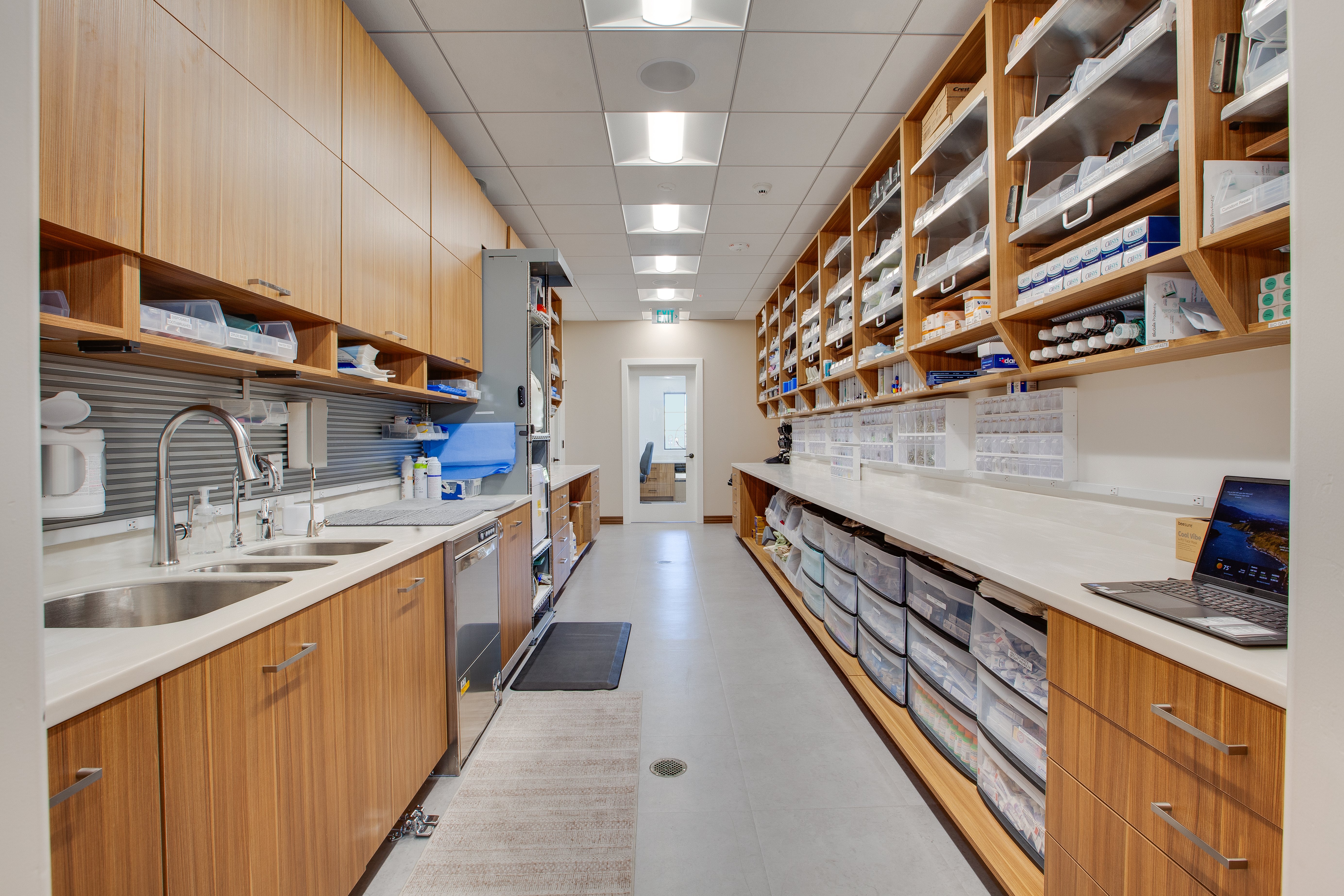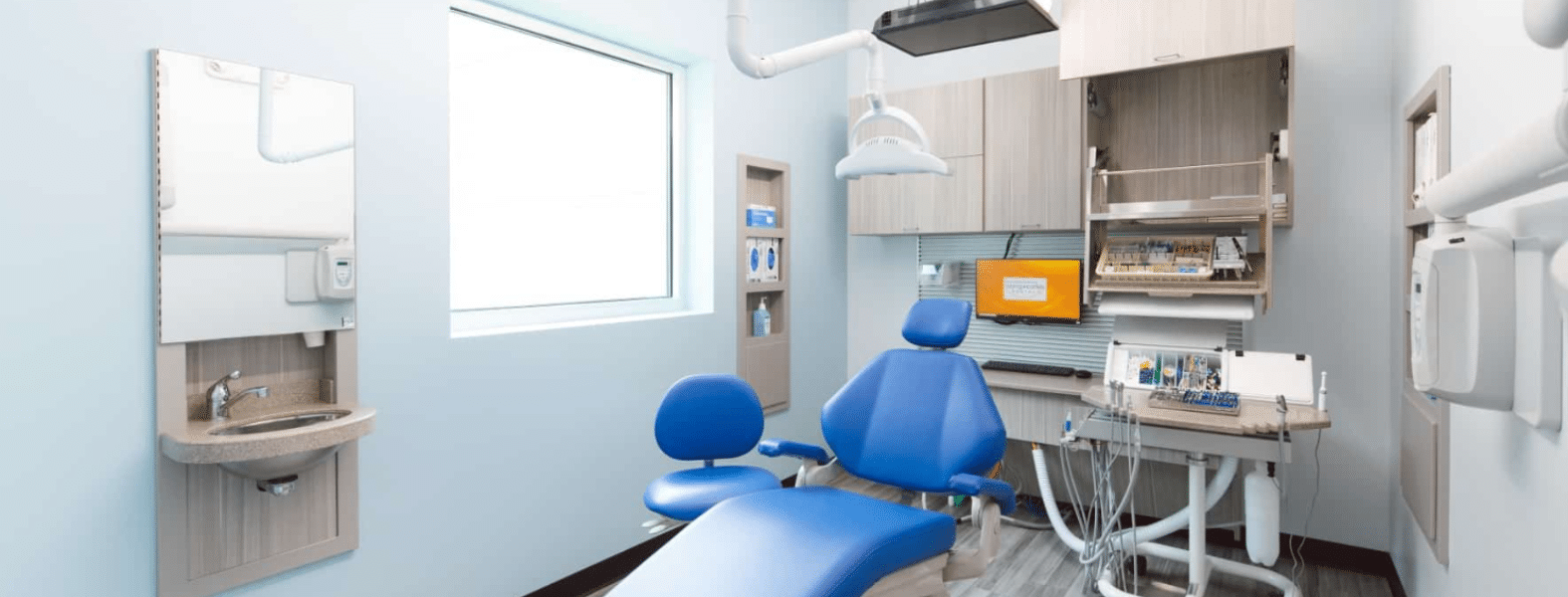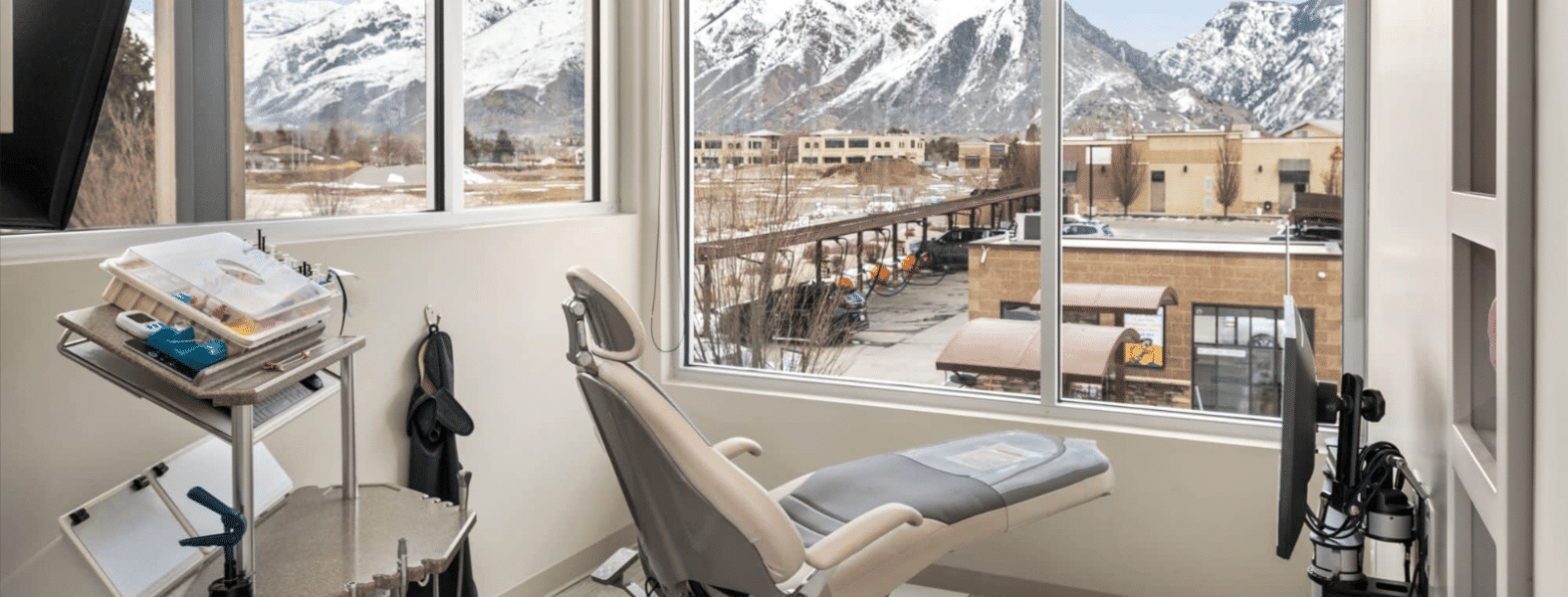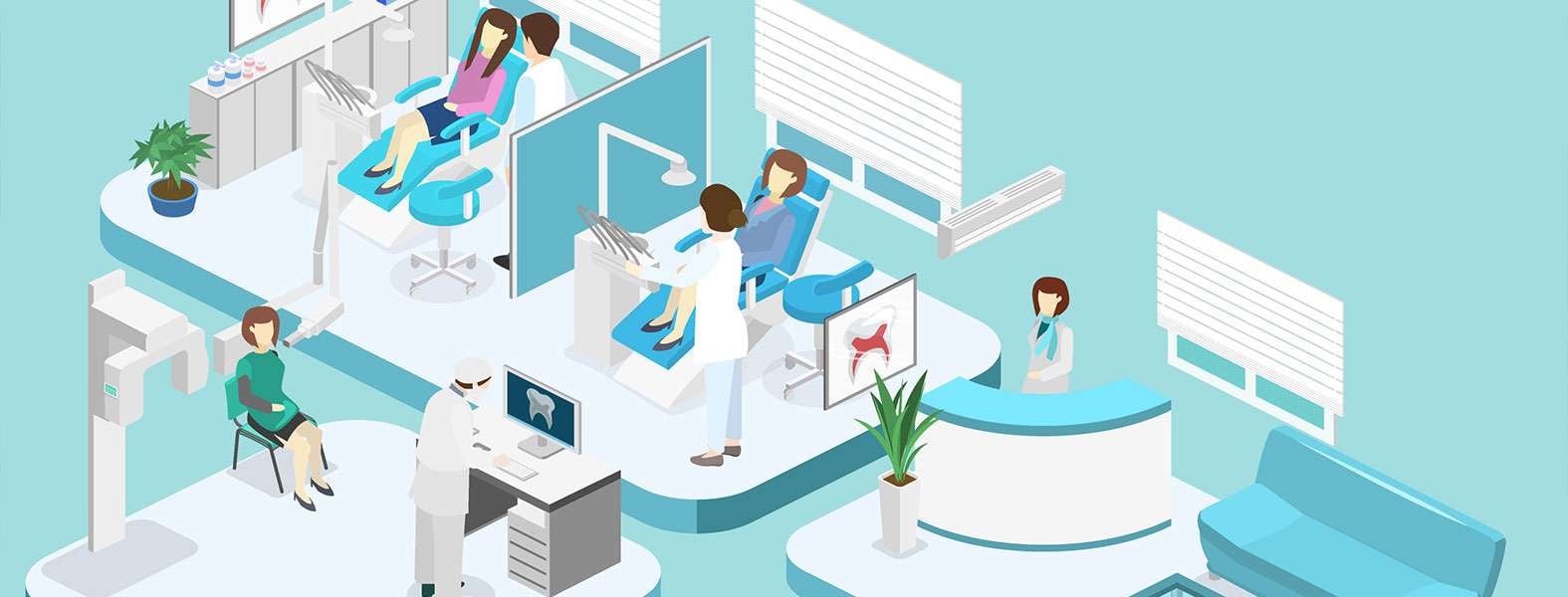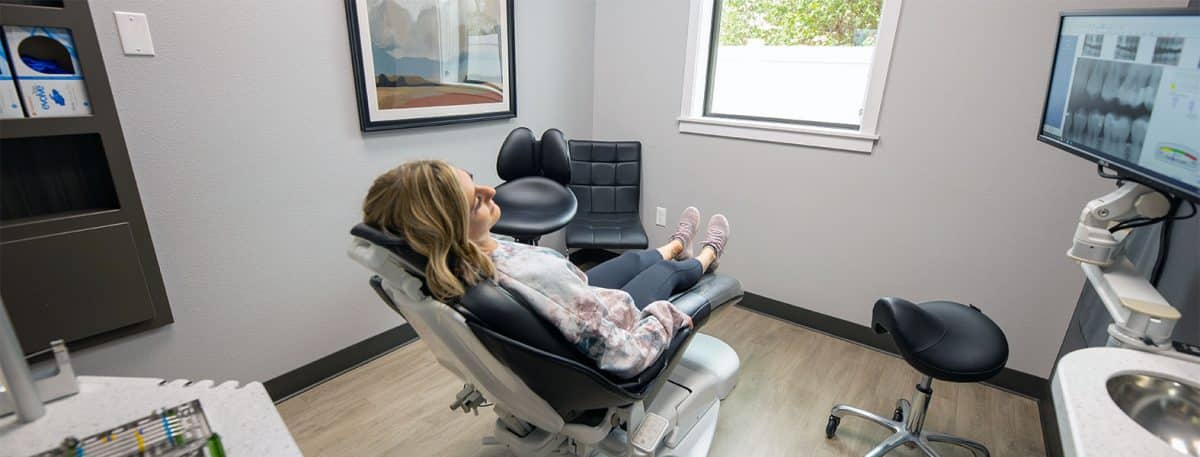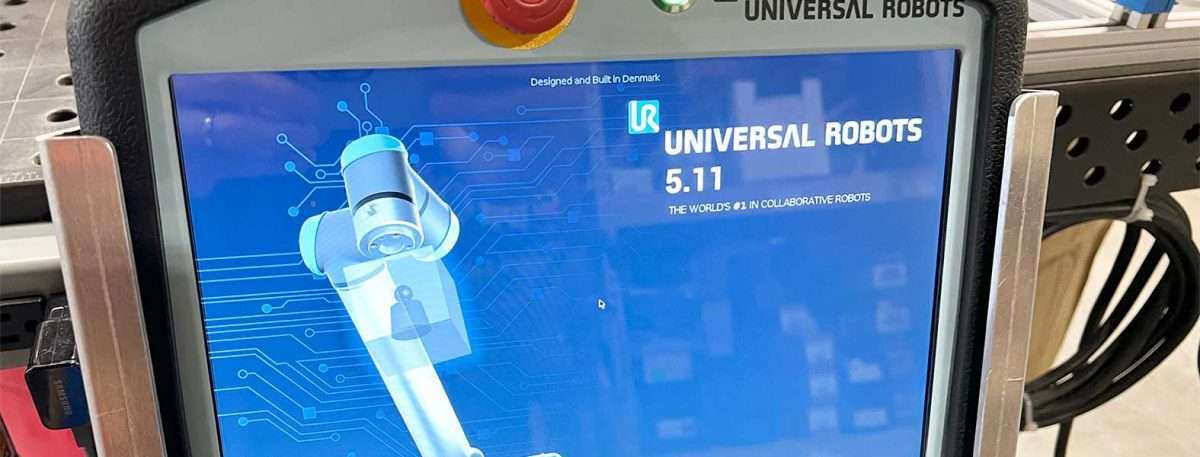What they don't tell you about using dental loupes
January 30th, 2023
6 min. read
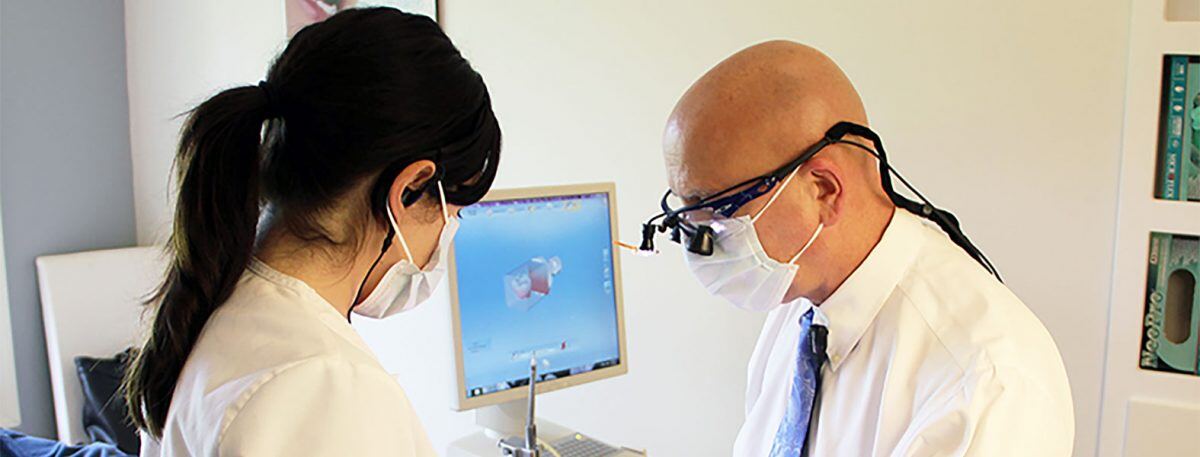
First, let me get this out of the way. I’m a dentist, and my company, Design Ergonomics, designs North America’s most productive dental offices. Our sister company, Ergonomic Products, designs and manufactures the most productive dental delivery systems on Earth, as well as the dental lights, in-wall cabinets, dental patient chairs, and sterilization centers to support those delivery systems.
But, I don’t make loupes! So, I'm in no way pitching ... anything ... except more and better dentistry with greater comfort. I could just jump right to telling you what I consider to be the best dental loupes for most practitioners, but it wouldn't make sense unless you understand the WHY. I need to talk first about some of the science behind loupe use to help you properly judge loupe function. And, without gaining some background on the physics of focal length, and the ergonomics of declination angle, you're probably not going to search for better loupes. With a solid understanding of the science behind loupes, you may find that the loupes you're using now are actually appropriate for you ... and that you've just been using them incorrectly.
The physics of dental loupe use
The principles needed to select the proper optics for practice are relatively simple. After all, it’s physics, not philosophy. But, unfortunately, figuring out how to properly implement loupes in dentistry is horribly misunderstood. Somebody somewhere probably told you that the way to select loupes was to set your patient as low as possible in your chair and then for you to sit up straight and use that measurement to set your loupe focal length. So, what was the science behind that?! The reality is that somebody just ... made that up.
First, that’s not the way we naturally do what is referred to as “close-focused work”. Let me show you. Get some people together. Have them close their eyes and then ask them to pretend that they are using their hands to thread a needle. Nobody that isn’t a dentist will try to do it further than about 8 inches from their eyes! Nobody. Watch the YouTube video below, starting at the 4:48 mark where I try the needle threading experiment with a live audience.
How to maintain optimum visual acuity with loupes
In dentistry, we are telling people that it’s absolutely reasonable to do close focus work at 16 or 18 inches away from their eyeballs. Now, let me clarify, I’m not saying to do dentistry at 8 inches. But I am saying that forcing the focal length to be as long as it can possibly be makes absolutely no sense. And do you think that the patients love the feeling of being closer to your private parts when you work? I’m thinking not!
So what else does this patient-as-low-as-possible position cause? Well, it’s pretty simple. Again, it’s just physics. When you double the focal length, you greatly increase the amount of magnification, and illumination, required to have equivalent visual acuity! You'll wind up with a smaller field of view and, perhaps more importantly, a significantly reduced depth of field! Focal depth is just so critical. That’s because when you get to a high magnification and a long focal length you wind up with a focal depth measured in millimeters rather than inches. That means that to stay in focus your work must happen in an upright bubble motion. Your head is basically pivoting around the surface of a ball which is out 16 or 18 inches away from its target. The result is referred to as “fixed static posture”. It’s not that you can’t move; it’s just that you can only move in this back stressing radius. If you try to do enough dentistry this way, it can be a career destroyer. Fixed static posture is as damaging as bad posture. Probably nobody ever told you that.
But wait there’s more! Remember the dental assistant that you dreamed about having in dental school? The one that would magically make everything easier for you and your patients? Well, in 95% of the dental schools in the country, you didn’t learn to work with one. And so it never occurred to you that you actually were supposed to let them have a basically equal access to the patient, and if they can’t have that, how the heck are they going to help you? If they can’t get close to the patient, they can’t do actual patient work.
Elevate your dental assistants and do fabulous four-handed dentistry
Your dental assistants are supposed to be coworkers, not glorified gophers. Only with a skilled dental assistant can you perform fabulous four-handed dentistry.
When you drop the chair to your knees, assistants can’t get their knees anywhere near where they would reasonably work simply because, to have any chance for direct viewing, your assistant must be 6-8 inches higher in the chair than you are. You see this all the time with sidesaddle seating and the use of a belly bar, where the assistant must hang over to the side in order to try and get anything done. What other occupation do you know that forces workers to work sideways and hang over a hook to get their work done?

Dentistry shouldn't be done like this
And so, by making one wrong move in your loupe setup, with coaching from a non-dentist, loupe salesperson you:
- Spent more for loupes than you needed to
- Have a smaller viewing field than you could have
- Have less visual depth
- Have patients that practically sit in your lap
- Have assistants who can’t properly do their jobs and so will never be elevated in their career - at least not quickly
So what the heck are you supposed to do now?! Well, if you grasp the significance of this, I’m guessing that you actually want to fix it! Maybe even right now. Here’s the good and the bad news. First, you can fix it quickly by throwing money at the problem and buying a new set of loupes. The new set of loupes would have a lower magnification, a wider viewing angle and a shorter focal length so you could see more teeth and have a greater depth of field and still have at least the same visual acuity! This all sounds pretty great. But don’t do it yet!
Without some help with proper patient placement and perhaps assistant reeducation and a bit of practice, the odds of you getting this change right the first time are not all that great. One of the options you might consider is the help of great clinical training on the subject. For example, we have clinical trainers that come on site that understand this problem. And they can get your team unified on a solution while simultaneously boosting productivity.
But don’t even do that yet, at least not without studying the process of productivity improvement in the Guide to Maximizing Productivity (Just contact my team and they'll send you a free copy). The first thing that I would actually do is pretty simple. Contact your loupe vendor. Tell them that you need to shorten your focal length. A big secret is that these companies get focal length wrong all the time. Please don’t blame them. Getting optics right is really as much art as science because most of the loupe customers don’t really know what they need. So, in order to make a sale this process can become pretty unscientific. And remember, their boss told them to set the long focal length and use high magnification. That guy is on a bonus. So be nice to the salesperson.
It turns out the major manufacturers all have these magic slip-on cups that will change the focal length. Not a lot, but at least a couple of inches. They won’t fix the other problems that we mentioned, but at least you can perhaps learn to work at a more natural distance, and if you’re lucky, it will allow your assistant to function better at chairside. Then with that confidence instilled - or at least an understanding that what you were told originally probably doesn’t make sense - you’ll be able to continue this evolution. This is another good point to consider clinical training because your trainer can go ahead and consult directly with you, or even send video of you in practice directly back to me, so that I can help to further optimize treatment performance.
Here is my favorite loupe brand - Surgitel
So we've discussed the physics of dental loupe optics, dentist and assistant posture, and patient positioning. While an understanding of these principles may make your current set of loupes workable, I do have a recommendation for you to consider: Surgitel. They've been focused on ergonomics in dentistry for over 30 years and make loupes to help dentists provide great dental care with reduced neck, back, and shoulder stress. That has been my experience with their products, and I thank them for helping me have a long and successful career.
And, of course, with a Google search, you'll find other quality loupe manufacturers including Orascoptic, Q-Optics, and Designs for Vision (DFV). You should find loupes that feel right for you. I continue to use the Surgitel because they have something unique to the profession - the highest declination angle in dentistry. This means that you are able to keep your head significantly more upright with a Surgitel loupe than any other straight-through loupe. We'll probably do a video of this in the near future. Check our YouTube channel for updates.
If you have questions, please leave a comment or send me an email at djahearn@desergo.com.
You may also be interested in:
